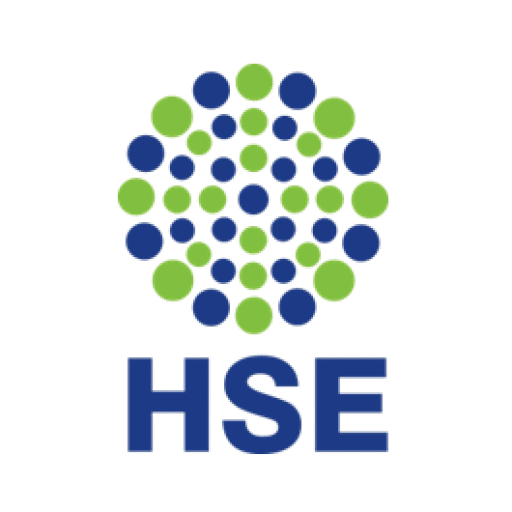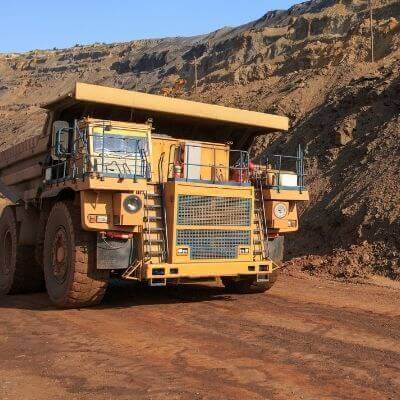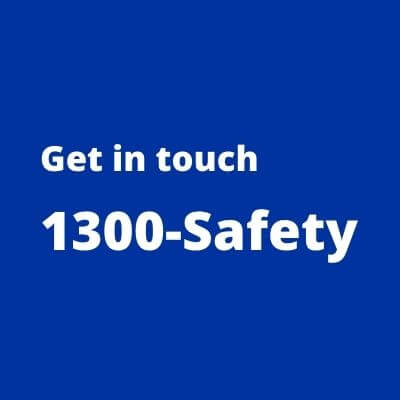Site, Plant and Machinery Risk Assessments
HSE Australia conducts assessments against state and territory legislative requirements and the relevant parts of AS 4024 (Safeguarding of Machinery) to ensure machinery is safe and adequately guarded before use.
Risk assessments of any plant and machinery used within your organisation are essential in ensuring safe operating procedures are utilised.
Contact us to arrange a risk assessment of your site, plant and machinery.
Our services include:
HSE Australia is a recognised training provider offering a wide range of onsite training and online training programs across government and industry, tailored specifically for individual requirements.
HSE Australia conducts a WHS Gap Analysis of your organisation’s risk management system to ensure compliance with workplace health and safety legislation.
We provide independent contractor safety audit across industry, the mining and resources sector, local government and private companies.
Request a Quote
Please provide us with some details.

Plant Risk Assessment (PRA)
A Site, Plant and Machinery Risk Assessment by HSE Australia will outline areas of risk and their risk levels, together with a list of recommendations to ensure the plant is safe to operate and maintain. This list of recommendations considers the most practicable level of guarding to comply with the appropriate legislative requirements.
A typical assessment includes:
- a physical inspection of the item of plant and the current levels of control
- a review of current safe/standard operating procedures and any past risk assessments
- a review of the requirements of AS 4024 against the findings of the inspection
- a detailed written report that will outline the recommendations based on the information available and observations made.
We are experienced in conducting independent audits that use an organisation’s existing audit checklists and audit tools. Our success stems from our focus on and support of our clients’ individual Occupational Health and Safety programs.
PRA & Site, Plant & Machinery Risk Assessments
HSE Australia offers a wide range of Occupational Health & Safety (WHS) Services. We also specialise in Risk Assessments of Worksites and Manufacturing Plants audits for various industries. Get in touch for an individual quote.
Solving problems others find difficult...for clients in

Frequently asked Questions
Health Safety Environment Australia
What is es difference between a Risk and a Hazard?
The terms risk and hazard are often confused and interchanged. However, a Risk describes something / a situation that POTENTIALLY can cause harm; this Risk becomes a Hazard ones a person is EXPOSED to it. Asbestos Containing Material (ACM) at the workplace is a health risk for workers, however, it only becomes a Hazard if a tradesperson start drilling into it. A Hammer laying on a window sill in the 4th floor is a risk, it becomes a hazard for workers underneath, if it get's knoecked of the sill.
What is Work Health and Safety (WHS) or Occupation Health and Safety (OH&S)?
They are the same. The two terms are interchangeable and reflect the words used in some safety regulations in relation to safety and safety compliance in workplaces.
What is a PCBU?
A PCBU is a “Person Conducting a Business or Undertaking” in a commercial or non-commercial area (NFP), on it’s own (sole trader), in partnership or for a Government organisation. PCBU's are required to ensure a safe working environment operates within the workplace(s) for which they have responsibility.
What is workplace safety?
When safety can be defined as ‘freedom from circumstances that cause, or are likely to cause, illness, injury or damage’ then workplace safety are the actions taken reduce occupational risk and to keep the workforce and workplace free of incidents that can cause harm to workers, volunteers, contractors or sub-contractors, customers, visitors, or suppliers.
What Is a Code of Practice (OHS/WHS)?
A 'Code of Practice' is a practical guide to achieving the standards of safety required in specific workplace situations or environments or subjects. They are presented under the WHS Act and Regulations (the WHS Regulations).
Are safety hazards required to be identified under the WHS regulations?
Yes. A person conduction a business or undertaking (PCBU) must identify reasonably foreseeable hazards in the physical workplace environment; the equipment and materials used that could give rise to risks to health and safety (Regulation 34).
One Source Many Solutions
Over the past 15 years we developed the ability to quickly understand and respond to our clients’ needs. We are “solving problems others find difficult…”.
We offer our clients an enviable team of specialists working with associates and other external experts, driving and delivering fit for purpose, tailored single sourced solutions for you.








